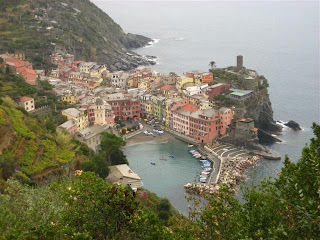This poem I wrote 3 years ago is my “artblog” choice for December 2008
Christmas
It was a time too long ago
When I lived with Papa’s parents
In a small town in Eastern France
Grandpa was not Christian
And Grandma was very so
Not that any of this ever mattered
Papapa Jacob instructed me early
That the Christmas tree mind you
Was a pageant tradition
Mistletoe picked by the druids
Every fall Papapa Jacob would gather
Pinecones tree mushrooms
Treasures from the forest
Which he handled with reverence
Above the barn the attic full
Of flagrances of drying herbs
Secret remedies and wild flowers
Hanging like magic lollipops
From the high beamed ceiling
Together we would decorate
The tree with nature’s ornaments
One week before Christmas
Grandma also hung tiny chocolate
Bottles that looked like rare wine
Wrapped in brightly colored foil
And oh yes I was to open one
Every night before going to bed
With my teddy bear Nounou
It was a time too long ago
When Christmases were good
The one when Papa made for me
A toy kitchen in the basement
The time he played Santa Claus
And the time my aunt Adele
Visited and she and Papa talked
The time I made paper angels
The time I spent Christmas with Edgar
Later in college when it was so warm
All the snow melted in one day
The many Christmases I collected
Exotic hand made ornaments
Carefully kept wrapped in boxes
When I lived in Cambridge
Other Christmases followed
Waiting for the baby that never came
The time just before one Christmas
When love left me sitting in a cold
New York apartment in a snowstorm
The time I threw the ornaments in the trash
The time I went to California alone
The last Christmas I talked to Papa
The time when mother said
She did not know me
Christmas spent in an airplane
Above the Atlantic Ocean alone
The time when Christmas music
Nearly drove me insane and
I drowned myself in eggnog
Like Papa and his papa
I am not even Christian
And yet I envy those who lull
Themselves into some kind
Of Christmas metaphor of salvation
Wallowing in pathetic cynicism
I can no longer stand the mall
The Santa hats on grownups
And plastic reindeer antlers
The what have you not stuffers
The jingle bells and neon garlands
And yet I know
It is all really up to me
I mean the holiday spirit
It has always been up to me to see it
In the perfection of a snowflake
The laughter of children at play
The joy of unconditional giving
The extended hand of a friend
I can look at a winter sunset
Revel in the gratitude for receiving
The memories of past Christmases
When I believed in wonders
It is all up to me
To bask in Brahms’ Requiem
Marvel at the colors in his paintings
To close my eyes and feel
Papapa Jacob’s smile in my fingertips
To rejoice in the gift of this moment

